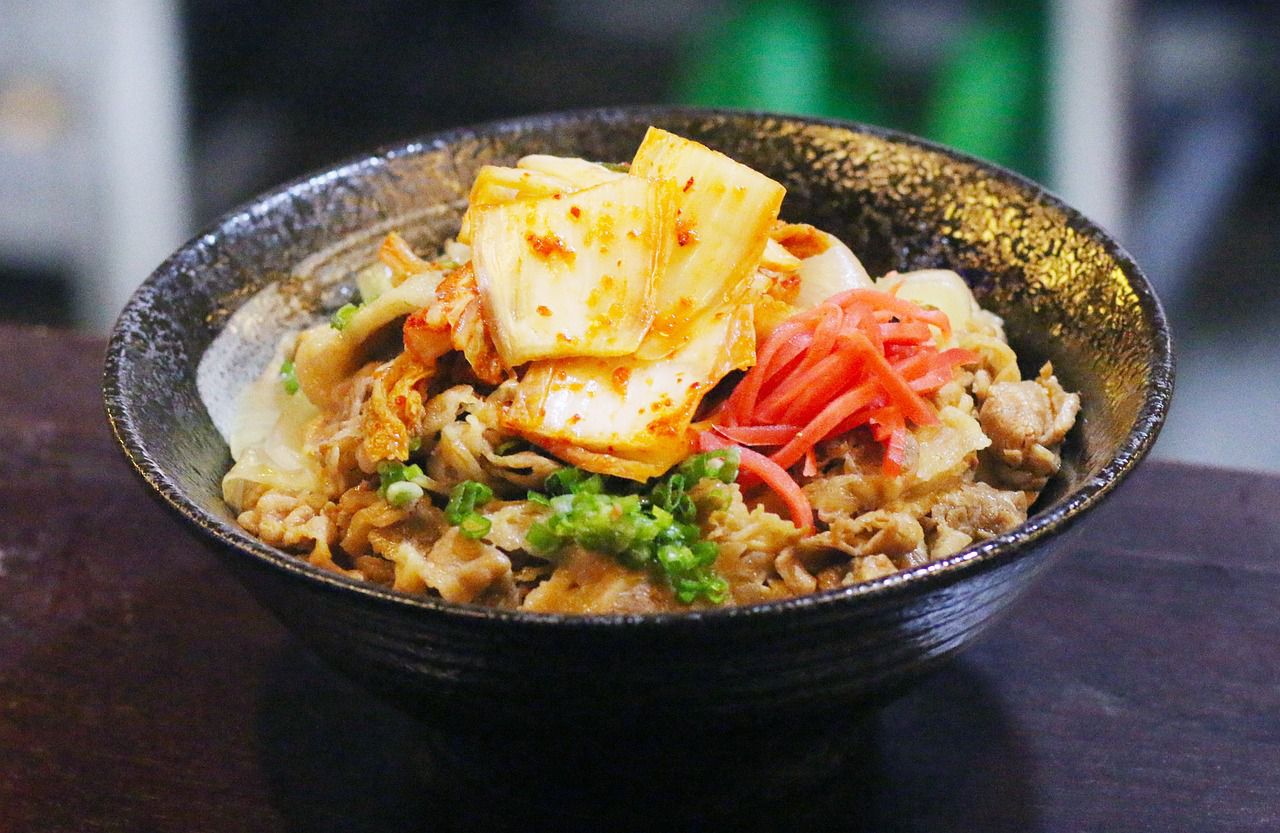Umami is one of the five basic tastes, alongside sweet, sour, salty, and bitter.
It is often described as a savory or meaty flavor that adds depth and richness to foods.
Here are some key aspects of umami.
Natural Sources
Umami is commonly found in foods that are high in glutamate, such as aged cheeses, tomatoes, mushrooms, seaweed, soy sauce, and fermented products like miso and soybean paste.
Meat and Protein
Umami is often associated with the taste of cooked meats and protein-rich foods.

It plays a significant role in enhancing the flavor of broths, stews, and gravies.
Taste Enhancement
Umami has the ability to enhance the overall taste of a dish by balancing and harmonizing flavors.
It can make a meal more satisfying and enjoyable.
Taste Receptors
Umami taste is detected by specific taste receptors on the tongue.
These receptors are responsible for signaling the brain that the food being consumed has umami characteristics.
Balancing Flavor
Umami can interact with other taste sensations like sweetness, sourness, and saltiness to create a more complex and well-rounded flavor profile.









